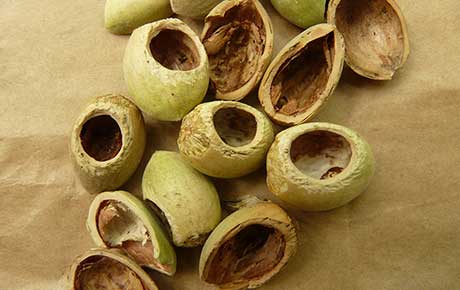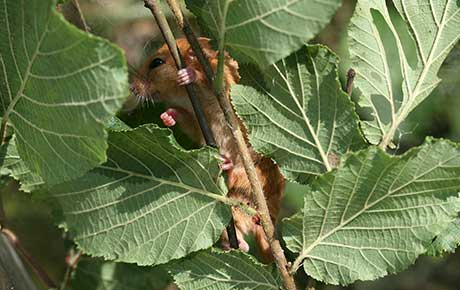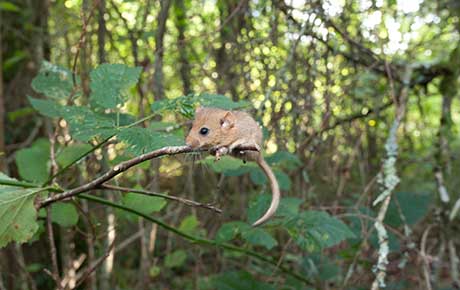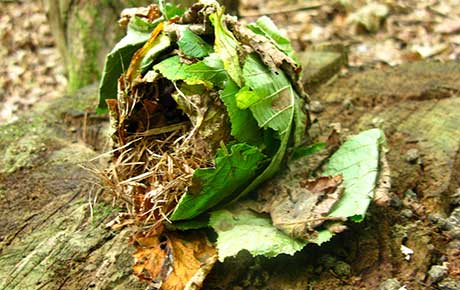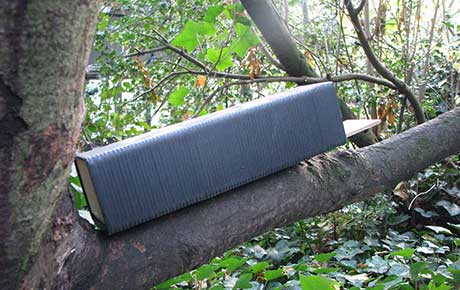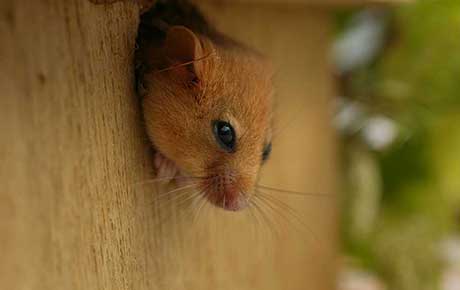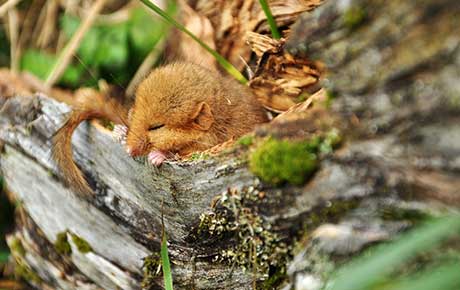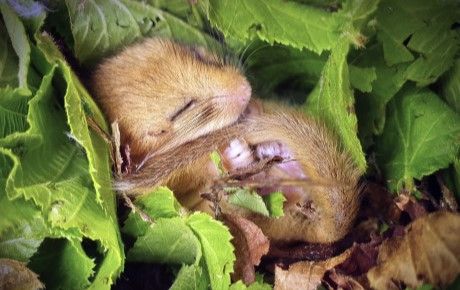Surveying and monitoring hazel dormice
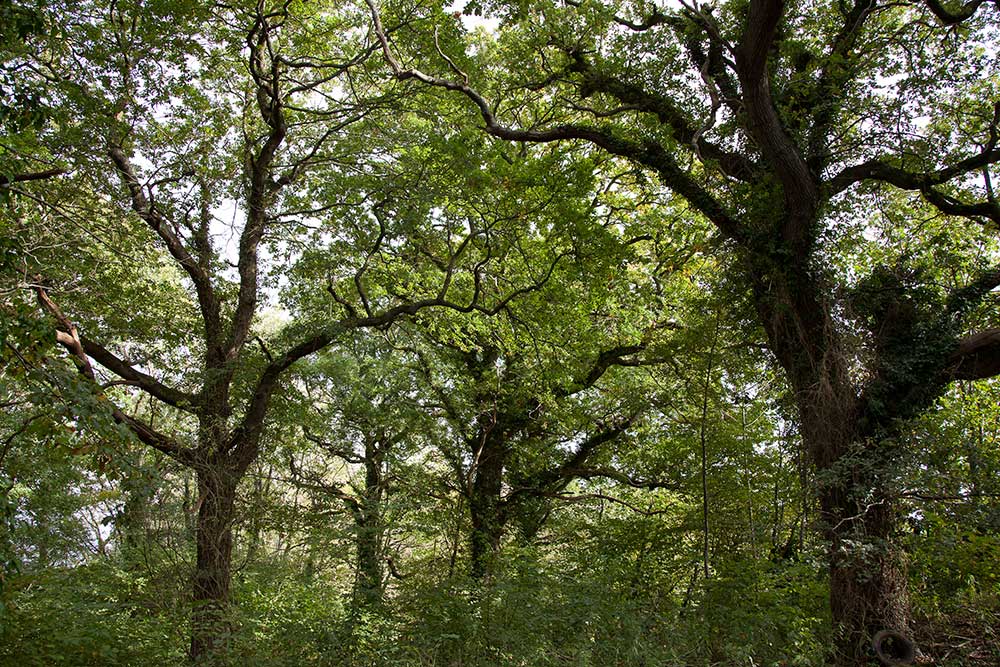
Dormice are hard to find and difficult to survey. You can use several methods. Government guidelines to COVID-19 restrictions have been dropped so that monitoring can go ahead or continue. Group size is at the discretion of the site monitor. There still remains a risk of human to mammal transmission. ZSL’s advice is to continue with good hygiene practices, ideally facemasks and hand protection or sanitation. Further information can be found here.
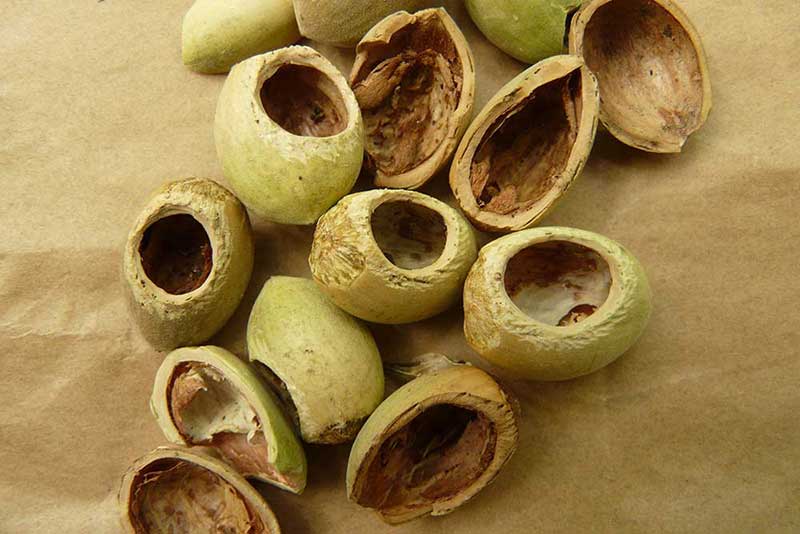
Nut hunts
Nut hunts – Wood mice, bank voles and dormice feed on hazelnuts by gnawing a round hole in the shell and each leaves distinctive marks. Anyone can look for dormice by carrying out a nut hunt. Here’s what to look for.
Nest tubes
Nest tubes are suitable for detecting dormice where nut searches are unlikely to be effective and usually used by ecologists. Nest tubes are an excellent tool for surveying, but not long-term population monitoring. For surveying, small numbers of tubes are likely to miss dormice, even where they are known to be present.
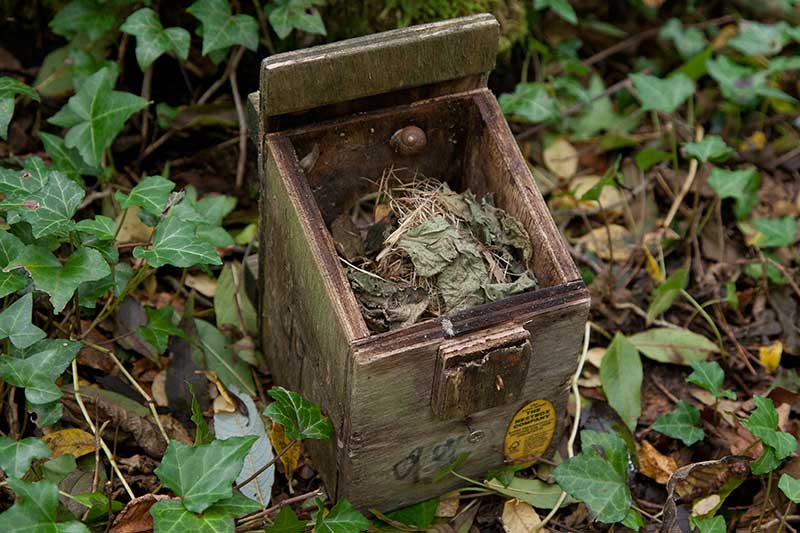
Nest boxes
Nest boxes are wooden nest boxes, similar to bird boxes, but with the entrance hole facing the tree, will detect dormice in the absence of gnawed hazel nuts. They can also boost the local dormouse population density.
Natural nest searches
Natural nest searches are useful when other signs of dormice are absent. Nests are grapefruit-sized, usually in bramble and low-growing shrubs, typically a meter above ground. They’re also found in nest tubes and nest boxes. Usually made from grass and leaves, also honeysuckle bark.

Footprint tunnels
Footprint tunnels are small, inked footprint tunnels attached to tree branches. A new technique, a methodology will be ready shortly. However, absence of dormice from a footprint tunnel doesn’t mean there are no dormice around.
National Dormouse Monitoring Programme (NDMP)
Along with our partners at Natural England, we collate records from over 400 dormouse monitoring sites across the UK. The NDMP is over 25 years old with hundreds of trained monitors regularly checking dormouse boxes throughout the year. Last year 6,182 dormice were recorded from 414 sites. We’re extremely grateful to all our dormouse monitors for their great contribution to dormouse conservation. Data can be input online
National Dormouse Database (NDD)
We also log one-off sightings of dormice to keep abreast of their range with the National Dormouse Database (NDD). You need to record who you are, the species (with a photo ideally), where and when you saw it.

